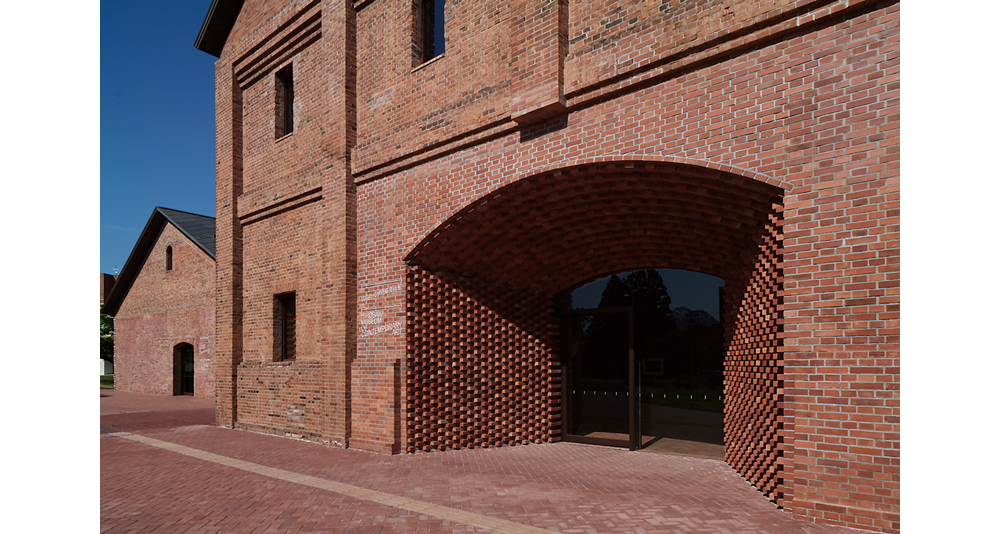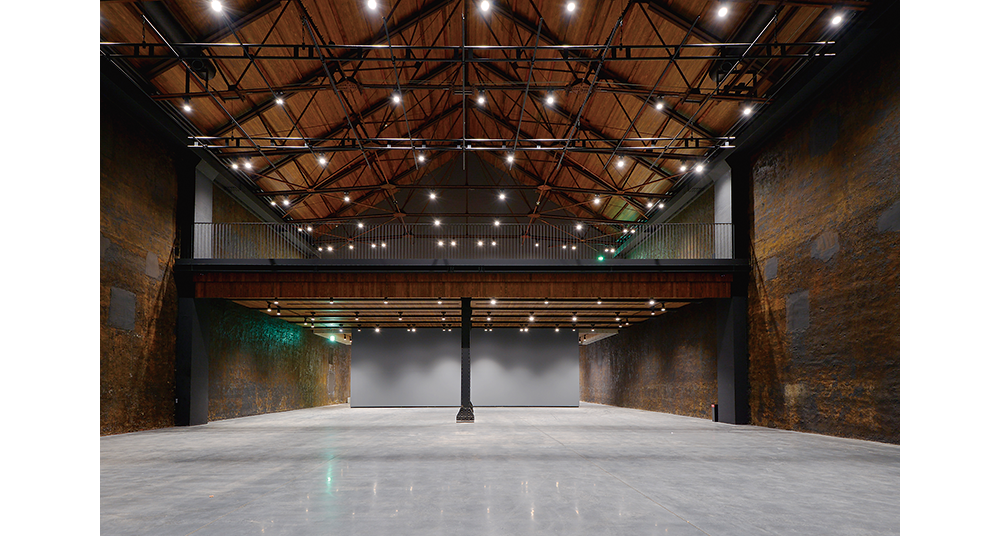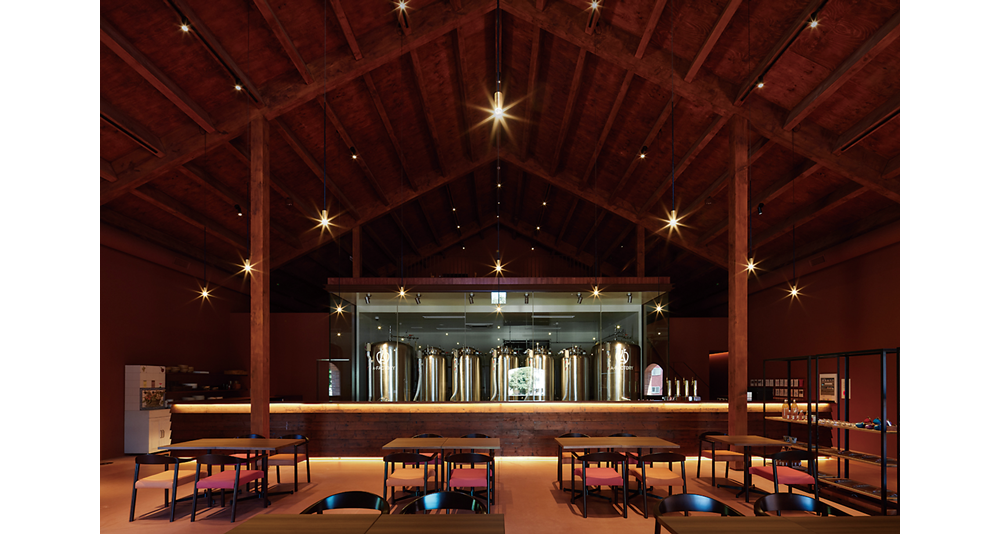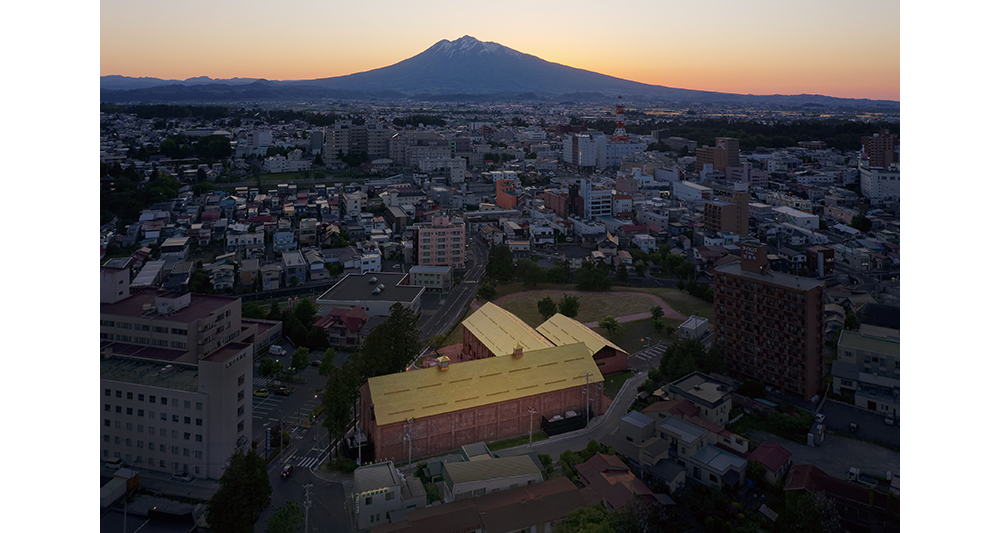
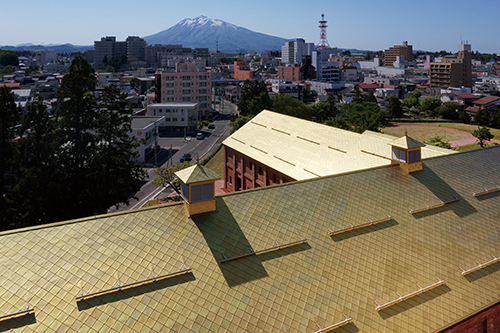
For the roof, Tsuyoshi used Nippon Steel's TranTixxii with cider gold shine.
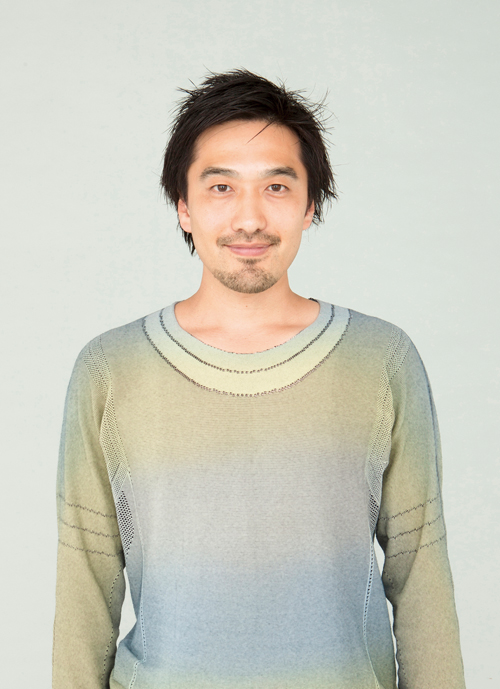
Architect Tsuyoshi Tane
Tsuyoshi Tane ©Yoshiaki Tsutsui
Born in Tokyo in 1979 and currently based in Paris, France, Tsuyoshi is an architect and founder of Atelier Tsuyoshi Tane Architects. He has multiple ongoing projects around the world, mainly in Europe and Japan, which are themed after the concept "Archaeology of the Future," which means "building based on the memories of the place."


For the roof, Tsuyoshi used Nippon Steel's TranTixxii with cider gold shine.
